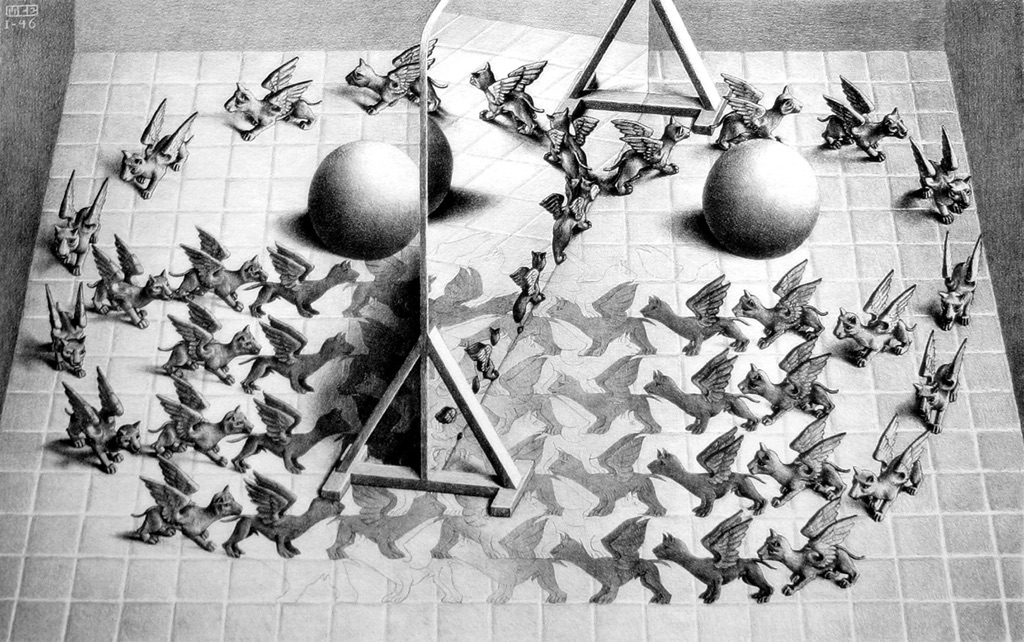
What Does the ‘L’ in PLM Stand For?
Many product companies that use product lifecycle management software do not manage to reach the full potential of the concept and exploit the power of the software. Often, the engineering department merely uses PLM product data management (PDM) tools as the system of record, and as a central repository of product design changes. But these only scratch the surface of toady’s very capable PLM software tools.
A long-promised, but frequently under-delivered, the principle of PLM has been the ability to frontload key product-related decisions such that design engineers can incorporate key capabilities and considerations concerning downstream activities such as manufacturing and service. Later, as the product continues down the path and goes into production and deployment, the PLM software provides feedback that informs upstream processes about manufacturing quality, warranty issues, and field service operations. These, in turn, enable a continuous quality and product improvement process throughout the product’s life, all the way to its decommission and retirement. This is the ‘L’ in PLM; at least, this is the intent.
Why do some product organizations struggle to implement this notion and to incorporate downstream considerations during early design stages and thereafter?
Product development, as practiced in many companies, is essentially a linear, forward-feeding process in which the goals and constraints of downstream lifecycle activities, such as supply chain and field service, are usually addressed late in the process. In a typical product organization, downstream processes begin in earnest only when the previous stage has nearly completed.
In many instances, attention to downstream activities begins so late that the design has reached a point of no return. In these instances, the notion of Design for X, as in Design for Manufacturing and Design for Service, is somewhat moot, as design changes are impractical because they are too costly, time consuming and, quite often, because, at that point, engineering priorities may be somewhere else.
Indeed, even product teams that attempt to reach higher level of collaboration and optimize key design decisions to accommodate downstream requirements, often must wrestle with different departmental cultures, data and processes from domains and disciplines they are less familiar with. This is most crucial in product lifecycle phases that are the farthest from design, namely operations and service. Many product engineering groups are notorious for ignoring the needs of field service, resulting in excessive lifecycles costs in service and warranty claims.
The Industrial Internet of Things
Consistent ability to make robust business and operational decisions requires that decision makers, at all levels, have access to rich multidisciplinary context that represents the complete state of the product, including performance, quality, supply chain, and service. It necessitates that information is comprehensive and up-to-date and is structured and presented in a way that multiple stakeholders from various disciplines can comprehend it and utilized it accurately and efficiently.
The industrial Internet of Things and its surrogate, the digital twin, give product organizations an unprecedented ability to collect, organize, and analyze information from products and business activities, and curate and deliver deep and rich insight about all aspects of a product value chain. Product teams leverage a digital model that is constantly interacting with actual products, monitor their operation and user interactions.
To be highly useful, the digital model that represents all phases of a product lifecycle and value chain constituents must be augmented by information and insight from sources that typically reside outside the traditional boundaries of the organizational PDM. For example, information about inventory levels, financials, competitive products, and market intelligence.
Even more profound, is the ability to incorporate the feedback and insight garnered from humans through various interactions and social media. Still underutilized by many product companies and brand owners, this human-generated IoT data offers unvarnished, eye-opening, opinions about product features that should further inform the nature and timing of critical business and product decisions.
Is Internet of Things the New PLM?
The rich and multifaceted context curated by PDM information, IoT-generated data, the digital twin, and enterprise information provide the essential multidisciplinary context for high-fidelity product-related decisions.
Aided by the IoT and the digital twin, PLM forms a robust unified framework for all product related decisions. It is the hub of the “digital thread” that connect all product lifecycle activities and provide digital continuity of feedback loops and insights from concept to end of life.
The Internet of Things isn’t a separate system or process. It is one of the many fibers of the digital thread.
IoT is a key enabler of a new generation of PLM capabilities that support a robust culture and effective process to manage a broad range of multidisciplinary product information through its design, operation, and decommissioning and recycling phases.
Recharging Product Lifecycle Management
Some might argue that functional capabilities of PLM software have plateaued. Many generations of PLM software focused on developing PDM capabilities: file and data interoperability, and maintaining a single source of electrical, mechanical, and software information. Have they stretched the PLM envelope as far as it can go?
The PDM-centric processes are no longer sufficient and is about to change. Emerging disciplines in product development such as application lifecycle management (ALM) and model-based engineering (MBE), and the incorporation of the digital twin, will encourage organizations to broaden the scope and deepen the reach of PLM.
Product organizations should create a unified framework for all product related decisions. They should enhance their ability to optimize complex multidisciplinary decisions that consider all downstream activities, of all product lifecycle phases, and deep into the extended supply chain. While the notion, again, isn’t new and has been the promised of PLM vendors, the richness and complexity of product-related information will require vendors to deliver superior support of multi-domain simulation and analytics, and tools to support complex product configuration management.
Image: Magic Mirror (M.C. Escher, 1946)
This article was sponsored by Siemens PLM
